#mediterranean wall decor
Text

#house#mansion#persona#white walls#iron staircase#iron railing#mediterranean style#interior design#interior decor#mediterranean#chandelier#chandeliers#double staircase#staircase#architecture#home build#build
38 notes
·
View notes
Text

mykonos 🫶🏻☁️
https://society6.com/vintagesurfandprint
#art print#photography#travel#wall art#photography prints#wall decor#society6#summer#home decor#nature#architecture#santorini#greece#europe#mediterranean
3 notes
·
View notes
Text
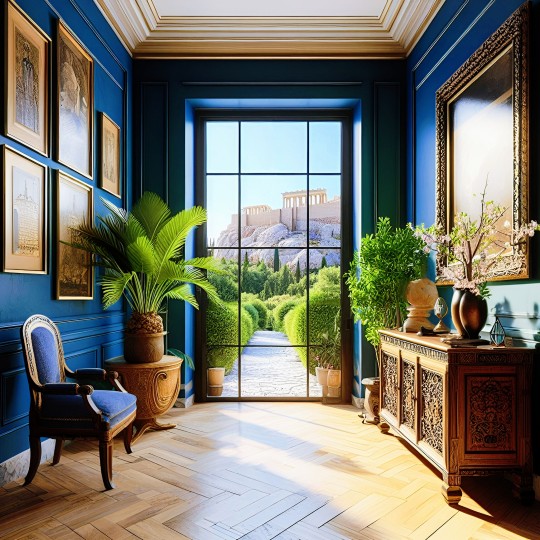
Acropolis Gazing: The Mediterranean Abode of Dreams
Visit my website for more inspiration 🌿
Basking in the golden Greek sunlight, this Mediterranean-inspired room is a veritable sanctuary for the soul. With a sweeping window view that gazes upon the majestic Acropolis of Athens, the room transforms into a haven of cultural resonance and natural grandeur.
#home & lifestyle#design#nature#aesthetic#home decor#furniture#flowers#plants#artificial intelligence#decor#home#interior design#home design#plant photography#acropolis#athens#mediterranean#greece#mediterranean design#antique wall art#antique furniture
0 notes
Photo

Front Door Mudroom in Los Angeles
Huge traditional entryway idea with a limestone floor, beige walls, and a glass front door
#wood windows#mediterranean decor#oriental rug#french provencial decor#beverly hills mansion#wood wall art
0 notes
Text
Mediterranean Moments
Beauty is in nature. Beauty is in sound, in words, in song, in dance. Beauty is in your surroundings – in art, accessories, colors, furnishings, trinkets, fabrics and fibers.
Surround yourself with art for your home that resonates with the ageless Mediterranean. Pick up on that energy!
I took photos of the antiques and Fine Art America has created gorgeous art and accessories with them.…

View On WordPress
#art#colors#decor#design#fabric#fiber#Greece#humanity#mediterranean#neoclassical#pillows#silk#society#tassell#wall art
0 notes
Photo

Los Angeles Bedroom
#Bedroom - huge mediterranean master dark wood floor and brown floor bedroom idea with white walls accent chairs#limestone#wall decor#gray chaise lounge chairs#moroccan#stucco
0 notes
Photo
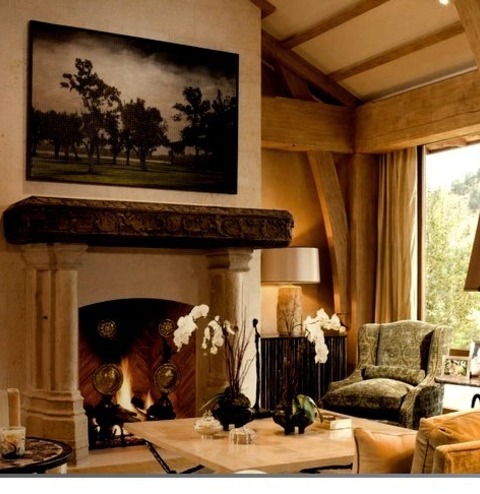
Open Living Room in Denver
#Large tuscan formal and open concept medium tone wood floor living room photo with beige walls#a standard fireplace#a stone fireplace and no tv mediterranean style living room#floor to ceiling curtains#large decorative area rug#art above fireplace#beige velvet sofa#neutral striped arm chair
0 notes
Text
0 notes
Photo

Living Room - Mediterranean Living Room
#Mid-sized Mediterranean loft-style living room library idea with multicolored walls and a media wall#exposed beams#and a laminate floor. poutres#decoration#mansardé#architectureinterieur#semicloisonnement#aménagement#living room
0 notes
Photo

Bedroom - Master
#Inspiration for a large mediterranean master carpeted#beige floor and coffered ceiling bedroom remodel with beige walls#a two-sided fireplace and a tile fireplace las vegas interior decorating#las vegas interior decorators#affordable interior design#las vegas interior design#las vegas interior designer#affordable interior decorating
0 notes
Photo

Living Room (Los Angeles)
#Medium-sized Mediterranean formal living room with exposed beams#white walls#a regular fireplace#a metal fireplace#and no television. living room#decorative house accents#living room interior design#white living room walls#formal#custom living room area rug#recessed living room beams
0 notes
Photo

Family Room - Enclosed
#Inspiration for a mid-sized mediterranean enclosed carpeted family room remodel with blue walls#no fireplace and no tv family room#decorative wall art#custom window treatments#family room interior design#wall mounted tv
0 notes
Text

capri, italy 🩵
http://society6.com/vintagesurfandprint
#travel#nature#ocean#beach#coastal#summer#capri#italy#europe#photography#photography prints#art print#wall art#wall decor#home decor#society6#mediterranean
3 notes
·
View notes
Photo

Living Room in Los Angeles
#Inspiration for a remodel of a mid-sized#formal Mediterranean home with exposed beams#white walls#a standard fireplace#a metal fireplace#and no television. decorative house accents#living room remodeling#custom wooden chair#recessed living room beams#custom living room area rug#living room
0 notes
Text
Custom Hand carved Sliding Doors
Custom Hand carved Sliding Doors
Barn doors are a popular interior design trend in southwest Florida luxury condos, as they are very practical and functional and versatile. Custom carved doors can be used almost anywhere in your space, the entry between the master bedroom and bathroom is one of the most popular ways. The old world carved doors make your space look roomy and unique, and optimizes the utilization of space in a…

View On WordPress
#antique furniture#barn door#Buddha Deco#buddha panel#budha door#carved door#Commercial designs#Farmhousestyle#freeshipping#handmade#meditation room#Mediterranean decor#mindfulness#new shipment#r Barndoor#Rustic designs#sliding door#vintage door#Vintage funriture#wall art#yoga door
0 notes
Text
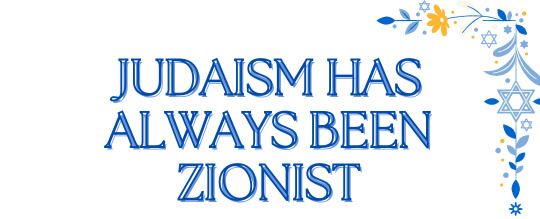
Judaism is a native religion and identity, so like all indigenous religions, it has ALWAYS sanctified the bond between the tribe and its ancestral land:
* Jews, no matter where around the world we are, pray in the direction of the Hebrew Temple in Jerusalem.
* Israel, Jerusalem, and Zion are mentioned in the Hebrew Bible hundreds of times, often in connection to the importance of the bond between the land and the Jewish people.
* The Hebrew calendar and Jewish holidays are based on the agricultural year as experienced in the Land of Israel. For example, we celebrate Shavu'ot, the Jewish festival of the harvest, during the Hebrew month of Sivan, which is roughly around the Gregorian month of June. In Australia, June is the rainiest month of the year, with severe temperature drops, absolutely not the right time for the harvest. But Australian Jews still celebrate Shavu'ot at the same time as all other Jews, around June. Because we ALL honor and preserve the agricultural cycle of our ancestors in Israel.
* Many Jewish prayers express a desire to return to Israel, for example with the phrase, "Next year in Jerusalem."
Here's a greeting card, drawn at Linz, a Nazi concentration camp in Austria, which was turned into a DP (displaced persons) camp at the end of the war. The card features the above three Hebrew words (you can see the freed prisoners of the camp on the left, heading towards a land with palm trees on the right, with one of the buildings having a Star of David on top):

* The holiest site for Jewish people in the entire world is the thousands of years old Temple Mount in Jerusalem, where the Jewish temple stood, in Israel.
* Several Jewish holidays explicitly celebrate the Zionist notion, meaning the importance of the bond between the Jews and the Land of Israel. Hanukkah is a celebration of the native Jews fighting off the Greek occupying forces, and re-establishing Jewish sovereignty in Israel, and the freedom from religious persecution this allowed Jews, by re-dedicating the Hebrew Temple in Jerusalem to Jewish worship, after it was defiled by the Greeks (including by re-lighting the Temple Menorah). Passover celebrates the deliverance of the Jews from Egypt, and the start of their journey back home, to their ancestral land in Israel, with the Passover meal ceremony including thanking God for bringing Jews back to Israel, and for building the Temple in Jerusalem for them.
* The language of the Jewish people is Hebrew, which is the last Canaanite language, the last of the languages spoken by the native peoples of Israel. Hebrew is specifically tied to the geography of Israel. For example, in the Bible, the Hebrew word for "west" is also the Hebrew word for "sea," because Israel's western border is the Mediterranean Sea. Similarly, the Hebrew word for "south" is also the Hebrew name of the desert that makes up the southern part of Israel, the Negev. Every Jewish language, which developed in the diaspora (such as Yiddish and Ladino), features words borrowed from Hebrew.
Here's an Israeli poster made in 1949, honoring "Sea Day" and featuring a part of a biblical verse (Genesis 28, verse 14): "And your seed shall be as the sand of the earth, and you will spread to the sea and to the east, to the north and to the Negev, and blessed in you and in your seed will be all the families of the Earth."

* Among the 613 Jewish mitzvahs, religious decrees that Jews must observe, one explicitly states that whenever possible, Jews should strive to live on their ancestral land in Israel. This is called in Hebrew, "mitzvat yishuv Eretz Yisrael."
* Among the 613 mitzvahs, there are 26 mitzvahs that can only be observed while living in the Land of Israel. These are called in Hebrew, "mitzvot ha'tluiot ba'aretz."
* Jewish homes have included for centuries a decorative piece hung on the eastern wall, and called "mizrach" (the Hebrew word for "east"), because that was the direction of Israel to most Jews. It usually included a biblical verse in Hebrew, often one that either mentions the east, Israel or Jerusalem, and also illustrations of Jerusalem or Israel.
Here's an 18th or 19th century mizrach from Germany:
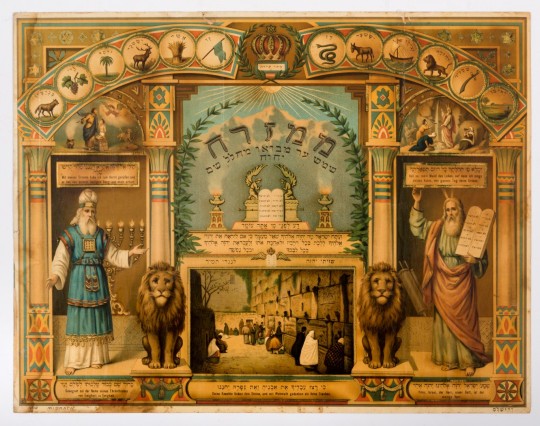
* In Jewish synagogues, especially in Europe, the eastern wall was the most important one, because it was the one facing Israel. This wall was called, "kotel ha'mizrach" which means in Hebrew "the wall of the east."
* Oh, but the word "kotel" refers specifically to the walls of the Temple Mount. For example, the Western Wall, the only one of the Temple Mount's four walls accessible to Jews for centuries (and therefore the plaza in front of it became the second holiest place to Jews, after the Temple Mount itself) is called in Hebrew, "ha'kotel" (the wall). So why would a synagogue wall be referred to as "kotel" as well? Because every Jewish synagogue is called "mikdash me'at," a lesser temple. Every Jewish synagogue is a reminder and placeholder for the destroyed Jewish Temple in Jerusalem.
* Accordingly, many Jewish synagogues feature reminders of the Beit Ha'Mikdash (the Hebrew Temple). For example, this holy ark, from a synagogue in Romania, which survived the Holocaust, and is today presented at Yad Vashem (Israel's national Holocaust museum), includes two pillars on its sides, a reminder of the Temple in Jerusalem's pillars believed to have been build by King Solomon. The holy ark's pillars are named exactly like the Temple's two pillars, Boaz and Yachin. This holy ark also features two hands, they're meant to be the high priest's, while he's performing the priestly blessing, an ancient Jewish ceremony that was conducted on the steps of the Temple in Jerusalem.

* In fact, over the centuries, one of the most prominent Jewish symbols is the menorah, which is a reflection of the candelabra eternally lit in the Jewish Temple in Jerusalem.
The Temple Menorah being stolen by the occupying Romans, as seen on the Titus Arch in Rome:

The menorah as incorporated into jewelery, as a Jewish symbol, goes back thousands of years:
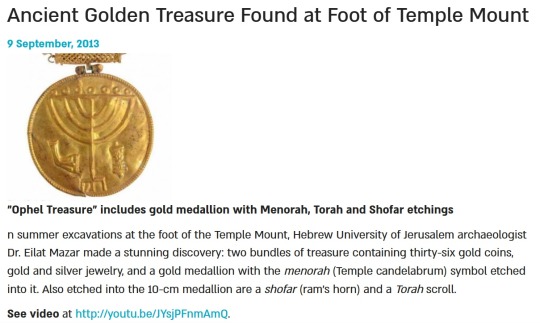
* For centuries, Jews created Jewish art and culture, which expressed Zionist longing. For example, the Sephardi doctor, philosopher and poet Rabbi Yehuda Ha'Levi writes what is maybe the most famous of the "Zion poems" while living in Islamic-occupied Spain: "My heart is in the East, and I am at the end of west / How shall I taste what I eat, and how should it be an enjoyable taste? / How shall I repay my vows and commitments, while / Zion is in the ropes of Edom, and I am in the bonds of Arabia? / It would be easy for me to leave all of the good of Spain, just like / It would be precious to me to witness the ashes of a ruined temple."
* In 1140, Rabbi Yehuda Ha'Levi finally fulfilled his wish, and boarded a ship for the Land of Israel. We don't know what happened to him, but the phrasing in a Hebrew letter, written by Jews who knew him, and found in Egypt, implies that he was murdered. For almost 2,000 years, it was dangerous for Jews to try and return to Israel, and it certainly wasn't possible on the scale of a national movement. Jews knew it was dangerous. And yet for centuries, despite that, individual Jews like Rabbi Yehuda Ha'Levi persisted in attempting this return. This is a part of Jewish history. It's not just that there was a small number of Jews, who managed to remain in Israel despite the repeated expulsions and massacres of Jews from our land, it's also that there was a small number of Jews who dared attempt the return to Israel continuously, over centuries, and neither of these things would have happened had Judaism not been Zionist. Always.
* For centuries, every Jewish wedding includes a part, where the groom recites an oath of loyalty and longing for Jerusalem. The text itself is taken from the Bible, from the second part of Psalms 137: "If I forget you, Jerusalem, let my right hand forget itself, let my tongue be glued to the roof of my mouth if I do not remember you, if I do not raise Jerusalem at the height of my joy."
* For centuries, every Jewish wedding included a symbolic reminder of the destruction of the Temple in Jerusalem, and our ancestors' following expulsion from the Land of Israel, by breaking a cup made of glass.

* For centuries, many Jewish homes featured an unfinished patch, as a similar reminder. I'm a secular Jew, but my real life bestie is religious, and her house has a hole in the eastern wall, intentionally left there.
* In fact, the destruction of the Temple, and the following expulsion of the Jewish people from Israel, is SUCH a traumatic and significant event for the Jewish faith, that there is a religious national day of mourning every year, on the ninth day of the Hebrew month of Av (the date when Jews believe the first Temple was destroyed in Jerusalem by the Babylonian occupiers, and the second one, re-built after an expulsion and return of the Jews from Babylon to their native land, was destroyed by the Roman occupiers), when Jews fast.
* Ethiopian Jews, who were probably the most disconnected Jewish community along the centuries, have a special holiday, called Sigd. This name is derived from the Hebrew word for worship or prostration, "sgida." It features asking God to return them to Israel. Since the state of Israel has helped the Ethiopian Jewish community to return to this land, starting in 1982, it has become a part of Sigd to celebrate it specifically in Jerusalem.
The Ethiopian Jewish community celebrating Sigd in Jerusalem:

* In fact, the three major Jewish holidays, other than Yom Kippur, are also called "the three pilgrimages" ("shloshet ha'regalim"), because while the Temple stood in Jerusalem, they included all Jews coming there to celebrate the holiday together. These three holidays are Sukkot, Pesach (Passover) and Shavu'ot.
Here's a piece of art depicting Jews in antiquity, coming from all over Israel to the Temple in Jerusalem for sholoshet ha'regalim:

* The Hebrew Bible itself expresses the Jewish Zionist longing, the desire of the Jews to return to their ancestral land no matter what, after they were expelled by the Babylonians from Israel, the same desire that drove their return from their first exile, as recorded in the Bible, and supported by historical documents and archaeological finds. Here's the first part of Psalms 137:
Upon the rivers of Babylon, there we sat, and we wept, as we remembered Zion. On willows there we hung our harps, because there our captors asked us for songs, and our tormentors for joy. "Sing to us from the song of Zion!" How shall we sing God's song on foreign soil?
and here's the craziest thing about this list: there's a good chance I forgot some stuff.
This is posted in honor of the first candle of Hanukkah tonight, and the many Tumblr antisemites, who distort Jewish identity and history by claiming Zionism is incompatible with or has nothing to do with Judaism, people who in the name of anti-Zionism celebrated the biggest massacre of Jews since the Holocaust, who ignore Jews pointing out that anti-Zionism is inherently antisemitic, who prove it by going out of their way to deny Jewish native rights, and who think posting "Happy Hanukkah to my Jewish followers!" (as if Hanukkah isn't a Zionist holiday) covers up their antisemitism.
Happy Jewish sovereignty in Israel holiday to all who celebrate Hanukkah! I hope you really enjoy its foods! xoxox

(for all of my updates and ask replies regarding Israel, click here)
#israel#antisemitism#israeli#israel news#israel under attack#israel under fire#terrorism#anti terrorism#hamas#antisemitic#antisemites#jews#jew#judaism#jumblr#frumblr#jewish#hanukkah#chanukah#resources
821 notes
·
View notes